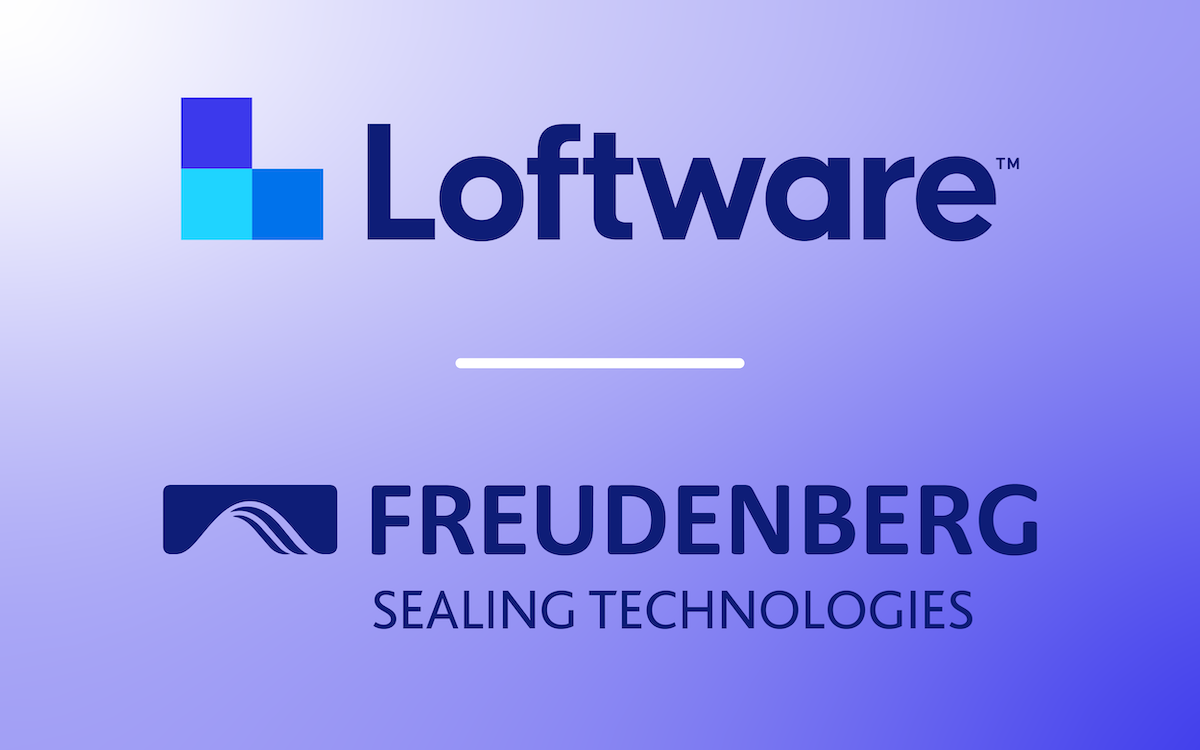July 3, 2022
Blog
Could smarter labeling ease the supply chain crisis?
Josh Roffman
SVP Marketing & Product Management
Share
Supply chain leaders today are seeking every possible advantage to make their operations run more smoothly and effectively. One of the most critical components in streamlining supply chains and ensuring that inventory reaches its destination is also one of the most overlooked: the label.
Label management is a critical link in every supply chain. Nevertheless, countless organizations still rely on legacy approaches to manage labeling, such as manual approval processes and decentralized systems.
Labeling should never be the source of a slowdown, and by taking an enterprise approach to the process, organizations can significantly improve agility, efficiency, and speed; enhance quality assurance, and improve global collaboration.
Supply chains depend on a network of warehouses, factories, and distribution centers, and if any of those links struggle with outdated labeling, businesses are bound to face adversity. Challenges range from shipping delays to noncompliance, heightening the risk of incorrectly labeled products being pulled from shelves.
A contributing factor is disconnected legacy labeling systems. These might be homegrown solutions developed over years at various facilities. They can create issues such as drawn-out processes, updates not being made universally, a lack of consistent label templates, and human error resulting from manually entering data. Often they rely too much on a small group of experts or burden IT.
Errors are more likely to occur without a modern label-management system in place. This becomes especially costly when a receiving company finds an error and has to relabel every item, resulting in a delay in inventory moving through the supply chain.
Delays and manual corrections are costly, and many organizations budget millions annually to account for these disruptions. This shouldn’t be the case.
Label data must be tied into broader operations if supply chain executives want to plan ahead; reduce instances of missed deadlines, and ensure that operations aren’t thrown into disarray due to a single incorrect data source, printer or label.
Enterprise Labeling provides a more holistic approach to label management, enabling organizations to integrate labeling with business systems and standardize it across business lines, geographies and third-party suppliers. This improves collaboration and enables business systems to “talk” to one another, creating one source of truth for label data.
For example, Enterprise Labeling can be easily integrated with an organization’s broader business applications, such as product lifecycle management (PLM), manufacturing execution (MES) or enterprise resource planning (ERP). Once this is accomplished, enterprises and their supply chain partners gain access to accurate and up-to-date label data, no matter their location.
When organizations utilize a single labeling platform, businesses can implement automation, advanced logic and other tools to improve quality, save on costs and reduce time to market. If an important update is needed, it can be quickly adjusted and applied to all labels across the supply chain.
Additionally, Enterprise Labeling can enable business users to swiftly update or design complex labels for any printer or model, without any coding. This can unburden IT resources and reduce bottlenecks caused by overtaxing a small group of experts.
In today’s complex supply chains, labeling requires the ability to work seamlessly with many different facilities and third parties, all while maintaining consistency and efficiency. But without an Enterprise Labeling solution, it can be hard to support a growing business and expand to new sites, especially if the new facility has different technologies and printer hardware, or can’t access the right label templates, configurations, and data services.
When looking to cooperate with multiple sites or even facilitate remote collaboration, companies can benefit from a centralized, cloud-based Enterprise Labeling system. It allows users from any geography to instantly access accurate, compliant, and up-to-date labeling content, without the need to design new templates, copy existing ones or create them manually.
Additionally, implementing a cloud-based platform with universal label templates gives 3PLs, suppliers, and other labeling locations the option to easily print labels remotely or at their facility. This capability enables additional users to maintain the same printing quality and performance level at any location.
When shifting labeling to new locations or overseeing remote teams, it’s crucial to maximize security and control through role-based access. This not only ensures that the right employees have access to labels, content, and printing devices, but can also help identify which printers are in use, and who is accessing them.
The recent supply chain crisis has highlighted a greater need for resiliency and efficiency across the globe. In this regard, siloed or manual approaches to labeling must be updated, especially when organizations need to quickly shift production and simultaneously manage supply chain partners. No one can predict when the next supply chain disruptor might occur, but its arrival is inevitable. That’s why future-proofing operations and streamlining supply chains begins with adopting Enterprise Labeling today.
*This article first appeared in SupplyChainBrain


